Editors’ Picks





Found in Robotics News & Content, with a score of 4.74
…utilized portion of the supply chain. For example, in Grocery, the frozen foods chain depends on refrigerated storage and transport trucks. When people were suddenly eating home much more, the frozen food sales took off. However, grocers couldn’t easily add more frozen storage at the DCs, nor quickly procure a bunch of refrigerated trucks, so they struggled to meet the increased demand in these somewhat specialized areas. LM: Why is the percentage of “digitally ready” retailers only at 12%? Hull: In one word, “Data.” An autonomous supply chain requires clean data, at the right level of granularity. This includes clean…
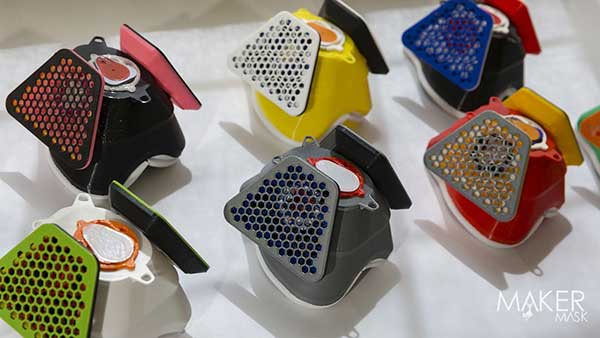
Found in Robotics News & Content, with a score of 11.14
…Mask is approved for use by essential workers providing groceries, delivery, transportation and other supporting services. Since the Maker Mask is designed with replaceable HEPA filters, the mask can be reused simply by replacing a filter and sanitizing the mask. Typical usage patterns show that during a two-month period a person would use only one reusable Maker Mask instead of using and throwing away 300 to 400 disposable N95 masks during the same time period. Due to the demand for mask-making materials, the build of materials for the Maker Mask is now included on the list of essential materials on…
Found in Robotics News & Content, with a score of 11.40
…consumer behavior, and new competition have strained retail, e-commerce, grocery, convenience, and foodservice supply chains for several years. But, the impact of our current shared crisis on retail in general is unprecedented. According to Statistica1, in the first half of March sales for grocery and food delivery are up more than 40%, Amazon is up more than 16%, grocers are up almost 12%, and general merchandisers are up about 8% while over that same period apparel and department store sales are down over 10%. Consumers have radically changed their buying patterns and the impacts are significant across the retail ecosystem.…
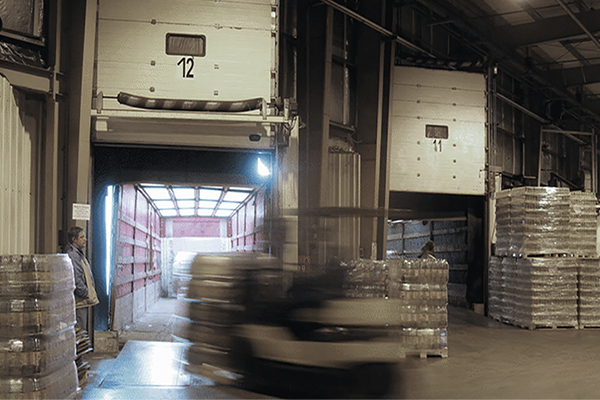
Found in Robotics News & Content, with a score of 7.46
…with industry verticals such as food and beverage manufacturing, grocery retail, retail, and apparel. PINC has also assembled a dedicated team to accommodate our customers’ current needs and we are working around the clock to make sure all customers can successfully navigate through these challenging times. Here are some success stories so far: Beverage manufacturers have been able to load and unload trailers are efficient as possible, and ship those trailers to grocery D.C.s and other retail locations at record speeds. Grocery retailers have been able to understand how many containers, the location, and status (loaded/unloaded) of those trailers in…

Found in Robotics News & Content, with a score of 2.74
…solutions,” he says. And, e-commerce players—as well as online grocery companies—are experimenting with small autonomous delivery robots, while Amazon and others have experimented with small aerial delivery drones. Currently, says De Muynck, such use of delivery bots and drones remains experimental and would face regulatory hurdles and cost effectiveness concerns, but it’s inevitable that companies will need to continue to test such technologies to drive down costs as delivery windows get tighter. “Every time delivery expectations get shortened, we see increasing costs, so everyone is looking for those technologies that can either provide a way to either bring down that…

Found in Robotics News & Content, with a score of 7.33
…It’s called micro-fulfillment, and it’s poised to explode in grocery as well as general retail. That’s all very attention getting, but we haven’t even mentioned robots yet. Look for them to stoke the fires of change in order fulfillment for years to come. The story is compression All of that said, take a deep breath, please. Yes, retail is changing. Rapidly. But it is not the end of consumer buying. We need to get past words such as “apocalyptic” and “retail vortex.” Those are nothing more than click bait. What is happening is compression in order fulfillment—both in terms of…

Found in Robotics News & Content, with a score of 26.30
Demand for e-grocery Automating e-grocery processes has suddenly become essential. Nielsen and the Food Marketing Institute project spending on e-grocery to triple by 2022 and many grocers have already reached the point where using pickers as surrogate shoppers, traveling up and down store aisles pulling orders from shelves, has become unsustainable. The economics don’t make sense and the increased congestion is frustrating in-store shoppers. Several major grocers are moving forward with plans to automate the complex e-grocery fulfillment process. But no clear consensus on the best approach has emerged. E-grocery fulfillment is particularly challenging because of the variety of products…

Found in Robotics News & Content, with a score of 3.62
…Fund and has partnered with Kroger to deliver the groceries and with Domino’s to deliver the pizzas. KiwiBot is providing similar services for the university campus. The University of California at Berkeley and the University of California, Los Angeles were two of the earliest colleges to welcome the food delivery robots, KiwiBot. Drones as enablers for the future of logistics Companies such as DHL and Amazon are testing drones for last mile delivery. DHL has already tested Parcelcopter, a Microdrones md4-1000 UAV to deliver a package. Boeing has come up with unmanned electric vertical-takeoff-and-landing cargo air vehicle (CAV) that could…
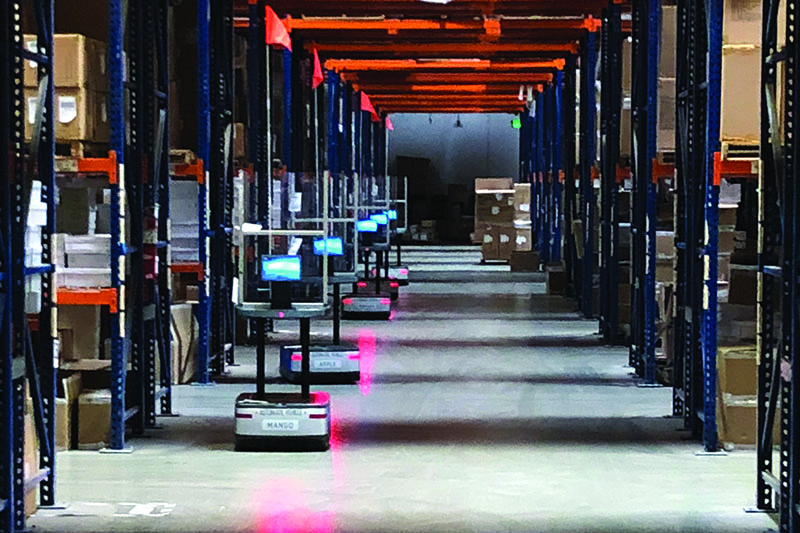
Found in Robotics News & Content, with a score of 3.94
…on same-day delivery, as well as online ordering of groceries, which is going to further drive up the need for automation. Generally, companies are interested in using AMRs because they need to reduce the cost of order picking, and make order fulfillment more accurate to reduce the rate of consumer returns.” Bots as helpers For companies deploying AMRs in DCs, robotics is often seen as a way to make the human labor you can secure more productive, rather than try to run a fully automated DC. That makes mobile robots more like co-workers than gear that is going to “automate”…
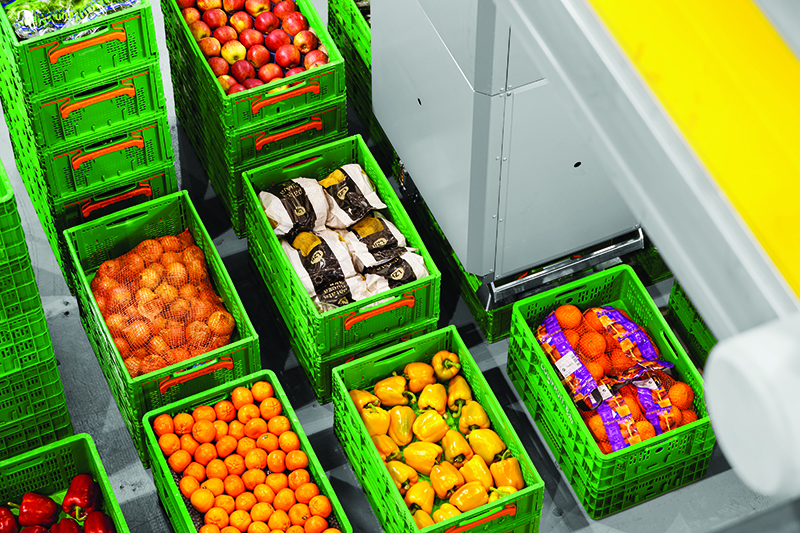
Found in Robotics News & Content, with a score of 7.15
…of supermarkets, Mercadona is a market leader in Spain’s grocery retail sector. Founded in 1977, the group has more than 1,600 stores across Spain and employs some 76,000 staff to serve 5 million Spanish households. For its new DC in Guadix, Granada, the company invested in robotic automation for the handling of its fresh produce, which has minimized handling times to maximize product freshness and shelf life. The new DC was designed to handle 6,000 stock keeping units (SKUs) and shift more than 3.5 million cubic feet of merchandise per month. The facility features zones for various product types: one…
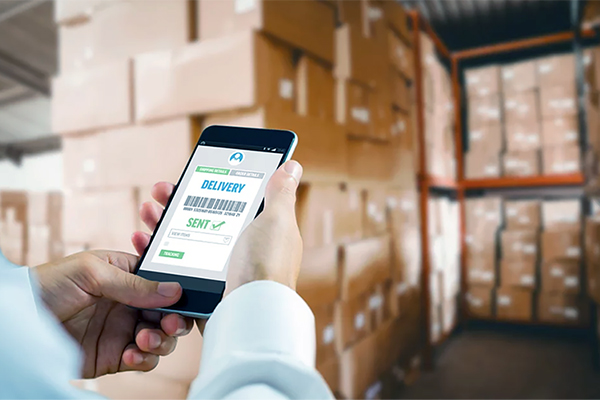
Found in Robotics News & Content, with a score of 3.67
…Dolan, Business Insider, May 10, 2018. “The future of grocery: e-commerce, digital technology and changing shopping preferences around the world”, Neilson.com, April 2015. “The race is on: 43% of consumer expect 'much faster' deliveries in 2018”, Marie Griffin, Retail Touch Points, April 2, 2018. “Real estate costs through the roof”, Emily Atkins, Inside Logistics, May 10, 2018. About the Author Greg Braun is a co-founder of C3 Solutions and is responsible for the marketing and sales department. Greg has over 25 years experience in the transportation industry of which the last 15 have been focused on yard and dock management.…
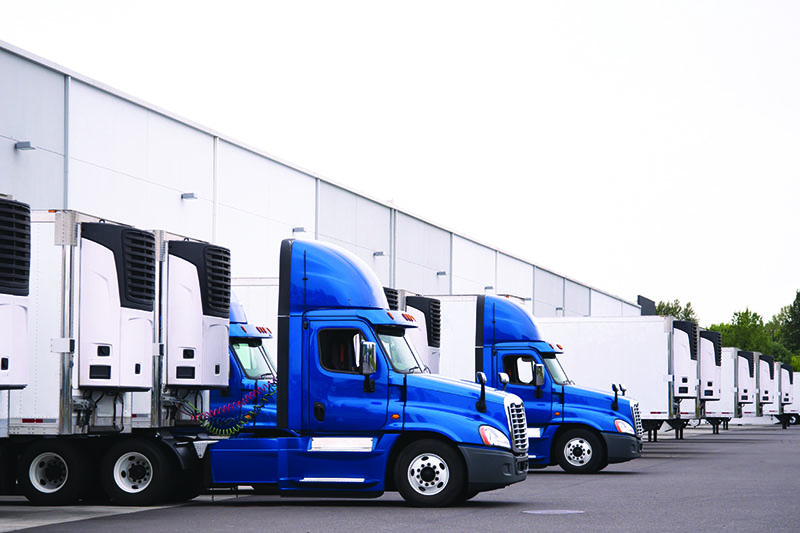
Found in Robotics News & Content, with a score of 4.78
…that use wireless data loggers. “Amazon’s entry into the food sector signals a shift in how consumers receive their groceries—it also represents a new challenge in food cold chain management,” Rousseau concludes. “While solutions to this movement are underway, it’s inevitable that infrastructure must be improved and streamlined to deliver food that’s safe, fresh and compliant with domestic and international agencies.”



